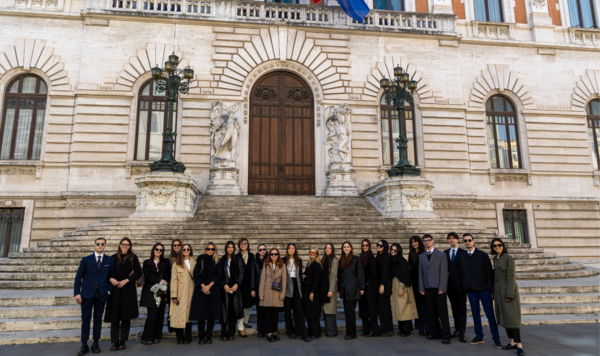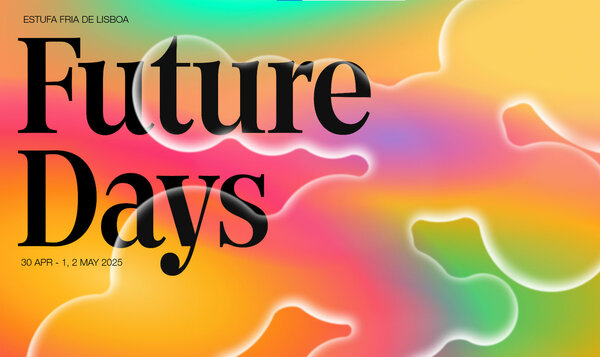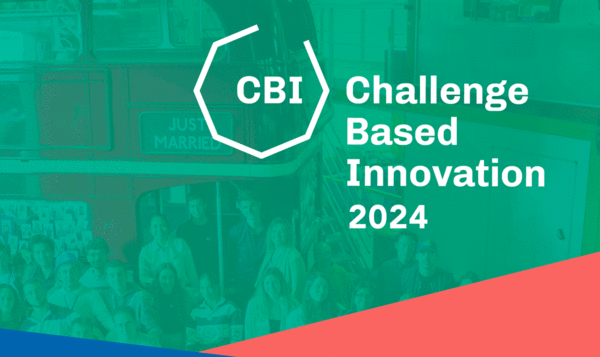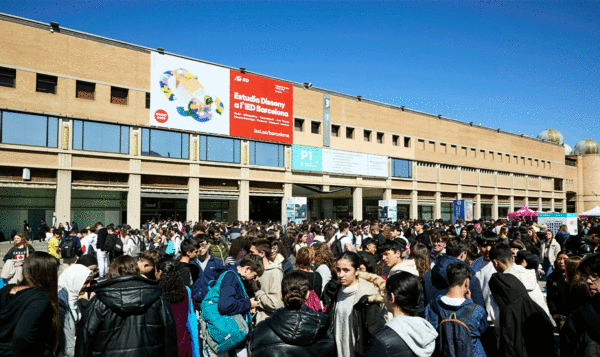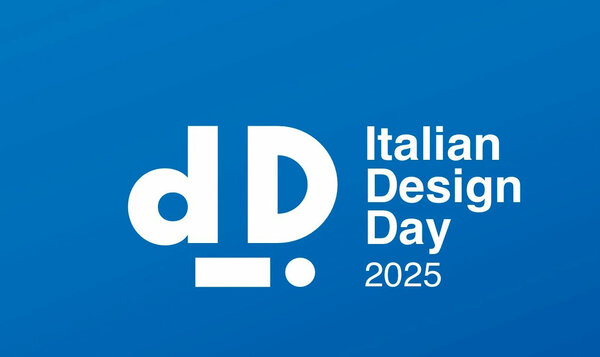In today's dynamic working environment, characterized by widespread agile working (also known as smart working), managing a team requires a balanced mix of technical, emotional, and interpersonal skills.

How best to manage a work team
Date
01 March 2024
Effective tram management isn’t just about driving towards specific business goals; it also involves creating a working environment that fosters collaboration, innovation and the well-being of team members.
Below is an detailed guide outlining strategies and best practices for optimizing group management, from managing internal communications to Design Thinking techniques.
Clear and open communication
Effective communication is paramount in every aspect of professional life, but it takes on an even more crucial role when it comes to managing a team. Transparent, two-way communication ensures that all team members are aligned with goals, clearly understand expectations, and feel valued.
To achieve this, it is essential not only to establish open communication channels but also to maintain spaces for direct human interaction where ideas and concerns can be shared freely.
In practical terms, these techniques for improving a team's communication include:
- Regular meetings
Regular meetings are a valuable opportunity to keep everyone updated on work progress, discuss obstacles, and share feedback. Meetings can range from short daily sessions aimed at synchronising team activities, to more extensive weekly or monthly sessions for reviewing progress towards long-term goals. It is important that these meetings are structured in a way that allows everyone to actively participate, ensuring that every voice is heard.
- Digital tools
The use of digital platforms such as Trello or Notion can transform the way a team communicates and cooperates. These tools offer a centralised place for sharing documents, providing updates on project status and discussing ideas. They also facilitate real-time communication and collaboration between team members, who may not share the same physical space in remote or hybrid working environments.
- “Open door” policy
Encouraging an open door policy is essential for fostering open and honest communication within the team. This approach invites group members to freely express their ideas, concerns or suggestions at any time, knowing that they will be heard and taken seriously. Such a policy contributes to a work environment where team members feel valued and supported, strengthening team cohesion and mutual trust.
Definition of roles and responsibilities within the work team
Clarity of roles and responsibilities is another key element for team success. Each member should have a clear understanding of what is expected of them, their tasks and how their work contributes to the overall team goals. This not only helps to prevent confusion and misunderstandings but also motivates individuals by enabling them to see the tangible value of their contributions.
An effective approach in this respect is therefore to work with each team member to set clear and measurable goals, leveraging individual skills and providing opportunities for individual autonomy and professional growth.
Developing skills and involvement
Investing in skill development engaging team members is a crucial for enhancing overall team performance and increasing engagement and job satisfaction.
Several targeted strategies can be adopted to achieve these objectives, including:
Further education
Further education courses are essenttial for long-term development and adaptability. This approach goes beyond addressing immediate training needs, offering a continuous learning path that supports professionals throughout their careers.
- Mentoring and coaching
One-on-one support through mentoring and coaching guides team members on their professional development journey,, facilitating personalised learning and adapting to internal and external changes within the company.
- Constant feedback
Establishing a regular feedback system allows team members to understand how their work contributes to company goals, promotting individual growth and strengthening overall team integrity.
Conflict management and problem solving
Conflicts are inevitable in any group and work context. However, effective leaders know how to address disagreements constructively, turning them into opportunities for team improvement and growth.
To handle conflicts constructively, leaders should create an environment of mutual respect and listening, encouraging open dialogue to explore the root causes of disagreements. Adopting win-win negotiation strategies that focus on common interests rather than opposing positions is essential. Additionally, promoting active listening helps understand others’ perspectives, facilitating the identification of common ground and creative compromises that respect everyone's needs.
By viewing conflicts as opportunities for personal and collective improvement, leaders can strengthen team bonds and cultivate a more cohesive and productive work environment.
Providing effective feedback
As emphasised above, feedback is a essential for continuous improvement, both individually and collectively. Providing constructive, timely and specific comments helps team members understand how they can grow and what direction to take. It's crucial to ensure that feedback is balanced, highlighting successes as well as areas for improvement. This can help create a positive working environment where everyone feels valued and motivated to overcome limitations.
Integrating Design Thinking into Team Management
Design Thinking is a design methodology that focuses on the end user, promoting innovation and creative problem solving through empathy and iteration. This strategy involves five main steps: empathising with users, defining problems, generating innovative solutions, prototyping ideas, and critically testing them.
Incorporating the Design Thinking methodology into team management helps solve problems with solutions that are well aligned with objectives, and stimulates greater collaboration, ingenuity and adaptability among team members. This approach transforms management processes into dynamic and participative processes, where each team member is actively involved and motivated to contribute creatively.
This methodology, well grounded in design principles and widely supported by educational institutions such as IED, is essential for those who wish to spearhead change and foster a corporate culture focused on continuous innovation.
Managing a work team is therefore a complex task, that requires constant commitment and a holistic approach. By adopting a few simple strategies, every leader can build strong, cohesive teams capable of facing the challenges of the modern working world.
Would you like to raise your leadership and become a benchmark in your field? IED programmes are designed to train professionals capable of leading with innovation and creativity. Discover all our courses in Creative and Art Direction, Design Strategy and Management, Fashion Communication and Management.
